
- SEA LIFE Sydney Aquarium Tickets
- Scenic World Tickets
- Sydney to Blue Mountain Tours
- Sydney Whale Watching Cruises
- Sydney Tower Eye Tickets
- Taronga Zoo Tickets
- Sydney Zoo Tickets
- WILD LIFE Sydney Zoo Tickets
- Featherdale Wildlife Park Tickets
- Madame Tussauds Tickets
- Big Bus Sydney Hop-on Hop-off Tours
- Skydive Sydney Tickets
- Australian National Maritime Museum Tickets
- Australian Reptile Park Tickets
- Hunter Valley Wine Tours
Sydney Opera House History | From Vision to Icon
Book your Sydney Opera House tour
Sydney Opera House history explained
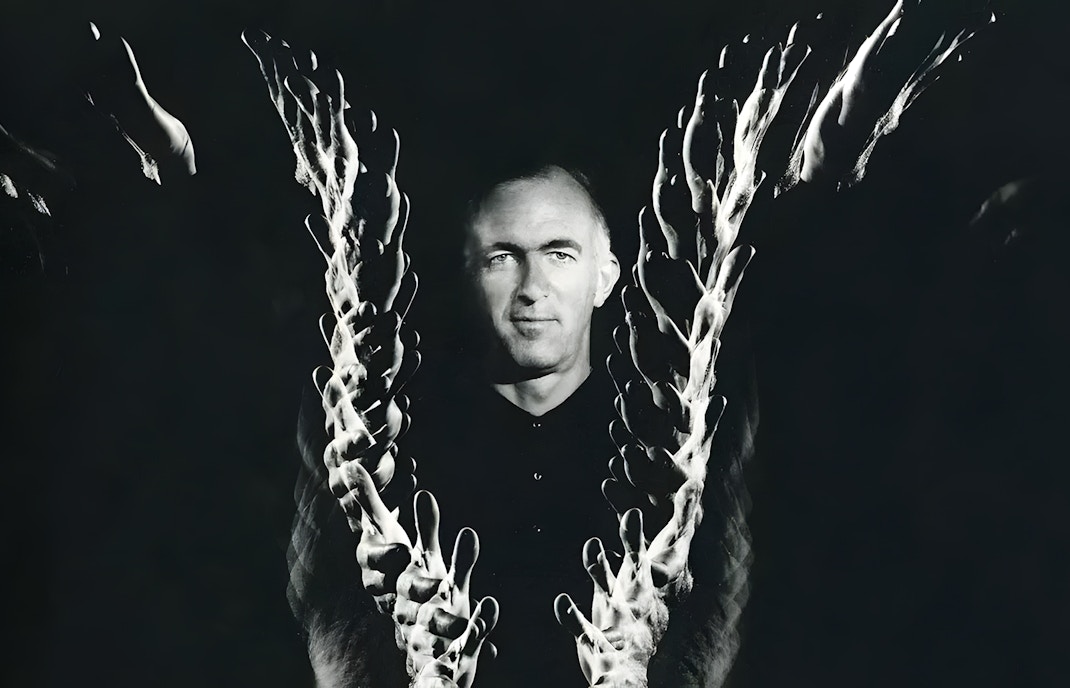
The winning design
1956
In 1956, New South Wales launched an international competition to design a new performing arts centre. Over 200 entries were submitted, but Danish architect Jørn Utzon’s daring “sails” stood apart. Inspired by nature and geometry, his design promised a structure unlike anything the world had seen, forever changing Sydney’s architectural identity.
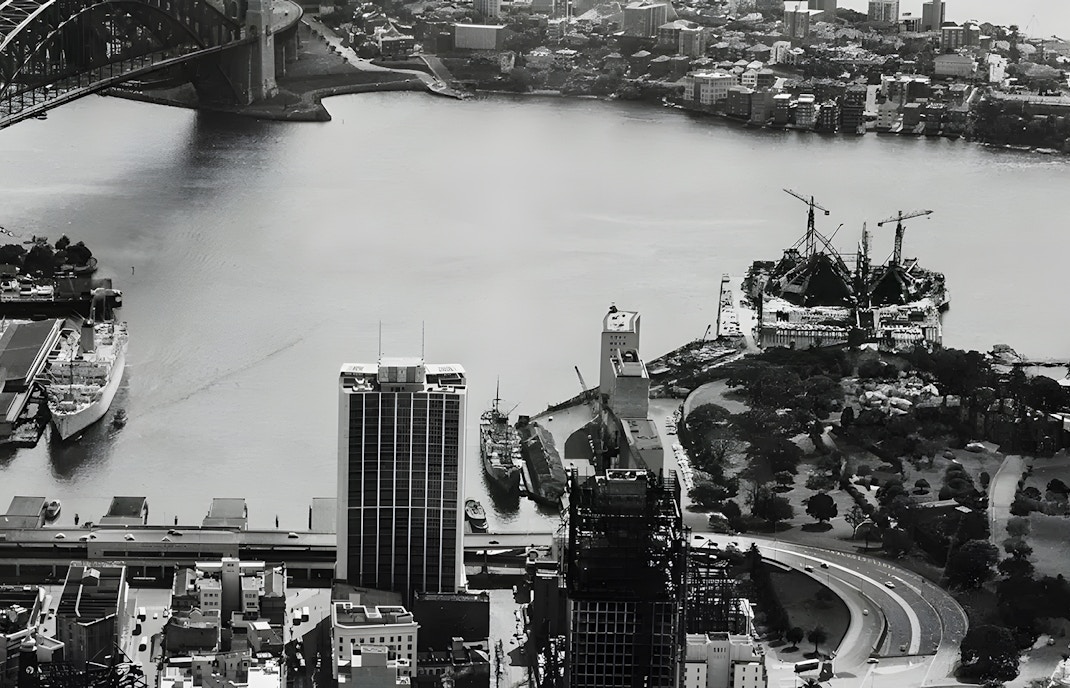
Laying the foundations
1959–1963
Construction began in 1959 on Bennelong Point, a site with tricky sandstone terrain. The podium, designed to carry the weight of the massive shells, quickly ran into engineering issues. After several redesigns and reinforcements, the podium was completed in 1963, marking the first major success in the project’s long journey.
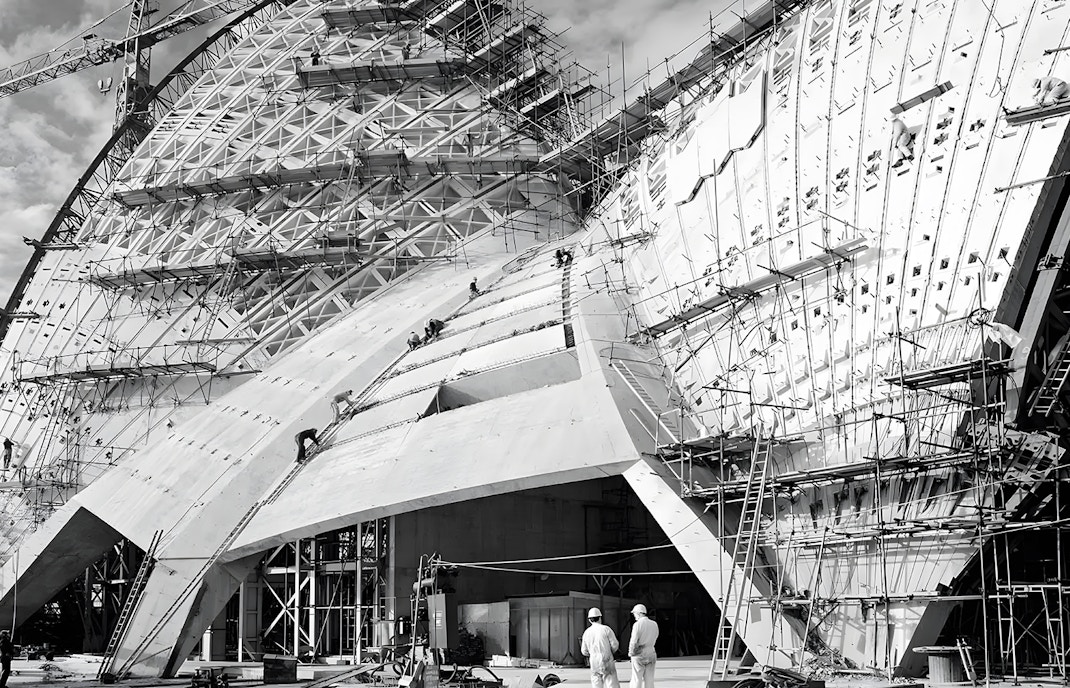
Engineering the sails
1963–1967
The roof shells became the defining challenge. Utzon’s sketches seemed unbuildable until engineers solved the puzzle by conceptualising the shells as segments of a sphere. This innovation allowed for prefabrication and precise assembly, making the sails both structurally sound and visually iconic — a triumph of modern engineering.
Read more about the architecture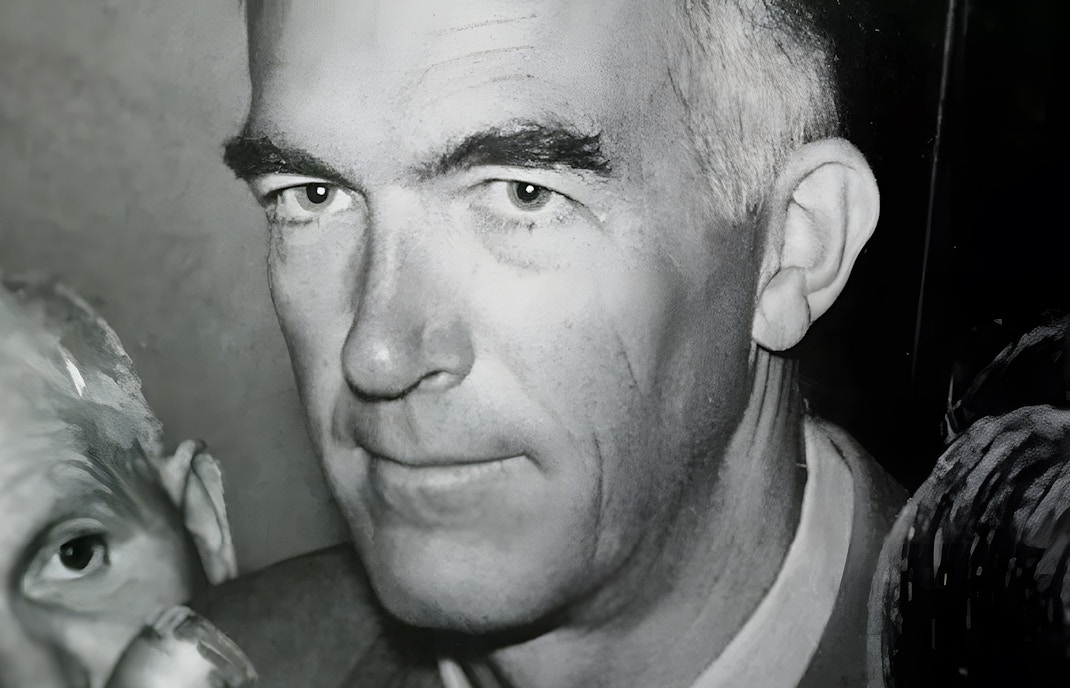
Conflict and resignation
1966
While the sails rose, tensions grew over delays and costs that had far exceeded the original budget. Clashes between Utzon and the New South Wales government peaked in 1966, forcing his resignation. The departure of the Opera House’s visionary designer created public outrage and uncertainty about the project’s future.
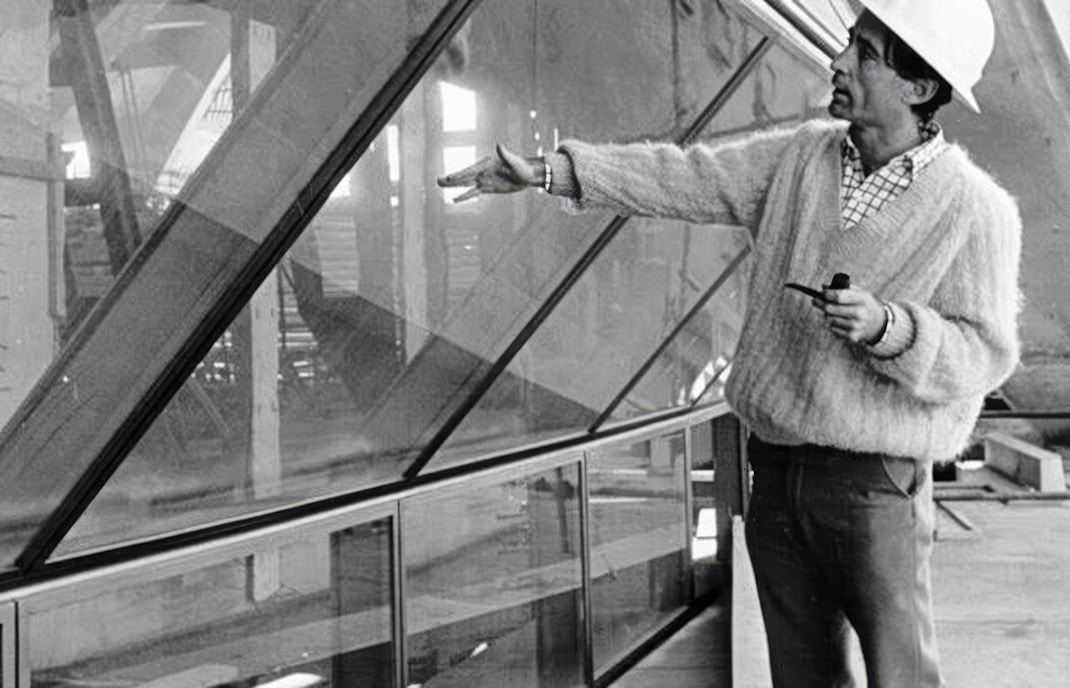
Completion under new direction
1967–1973
A team of Australian architects, led by Peter Hall, took charge after Utzon’s resignation. They redesigned much of the interior to cut costs and meet deadlines. Though functional compromises were made, the striking exterior shells remained faithful to Utzon’s vision, ensuring the building’s unmistakable silhouette.
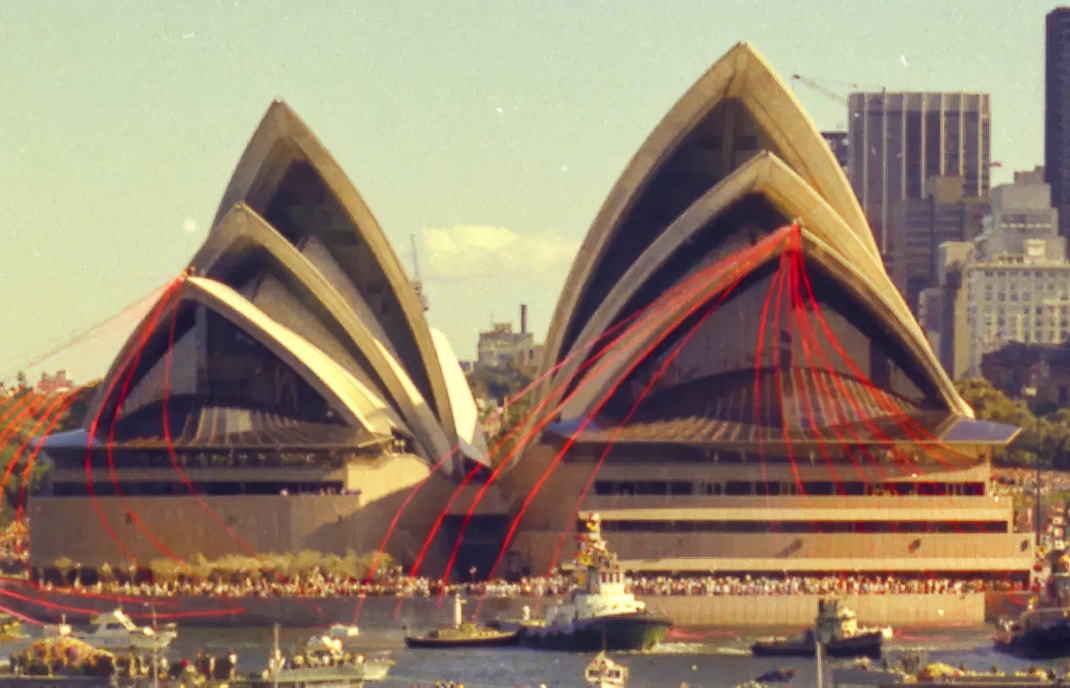
Grand opening
1973
On 20 October 1973, after 14 years of construction, Queen Elizabeth II officially opened the Sydney Opera House. The event featured dazzling performances and international acclaim. What had once been a controversial project quickly became a national symbol, celebrated as one of the greatest architectural achievements of the 20th century.
Frequently asked questions about Sydney Opera House history
The Sydney Opera House was conceived in the 1950s after an international competition won by Danish architect Jørn Utzon. Construction began in 1959 and faced many challenges before it was completed in 1973. Today, it is a UNESCO World Heritage Site and one of the most famous buildings in the world.
Its unique sail-like design, groundbreaking engineering, and stunning harbour location make it instantly recognisable. It’s also one of the busiest performing arts centres, hosting thousands of events each year.
The Opera House was designed by Danish architect Jørn Utzon, whose visionary concept won the 1956 international competition. Engineers later developed innovative methods to bring his ambitious design to life.
Construction lasted 14 years, beginning in 1959 and ending with its grand opening in 1973. Delays and budget overruns were caused by the complexity of the roof design and political conflicts.
Utzon resigned in 1966 due to disputes with the New South Wales government over costs and design changes. Although he never returned to Australia to see the finished building, his influence remains central to its identity.
Yes. In 2007, it was inscribed on the UNESCO World Heritage List for being “a masterpiece of 20th-century architecture.” It’s one of only a few modern buildings to receive this honour.
Located at Bennelong Point, the Opera House is easily accessible by train, ferry, bus, car, or on foot from Circular Quay. For step-by-step directions, see our Directions page.


